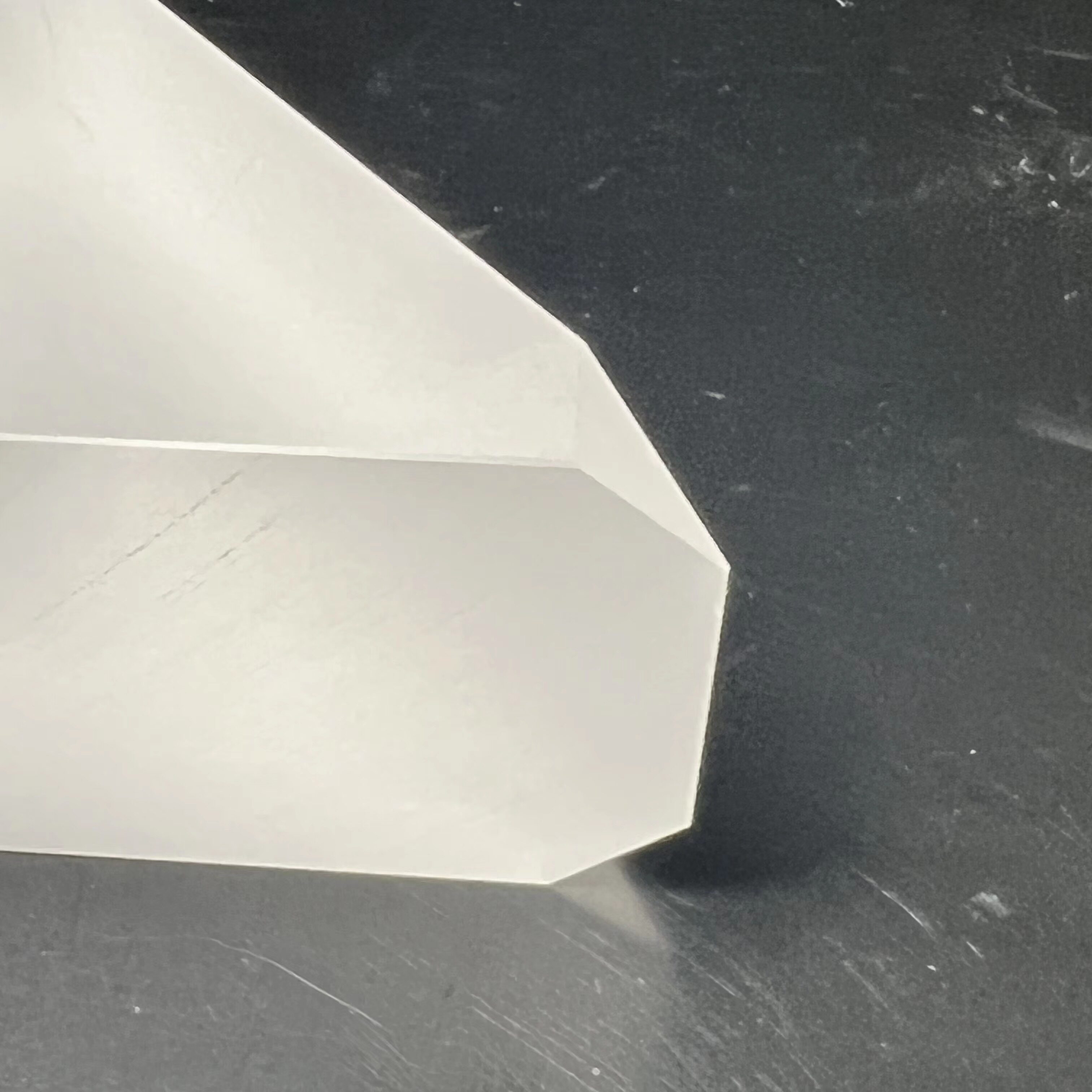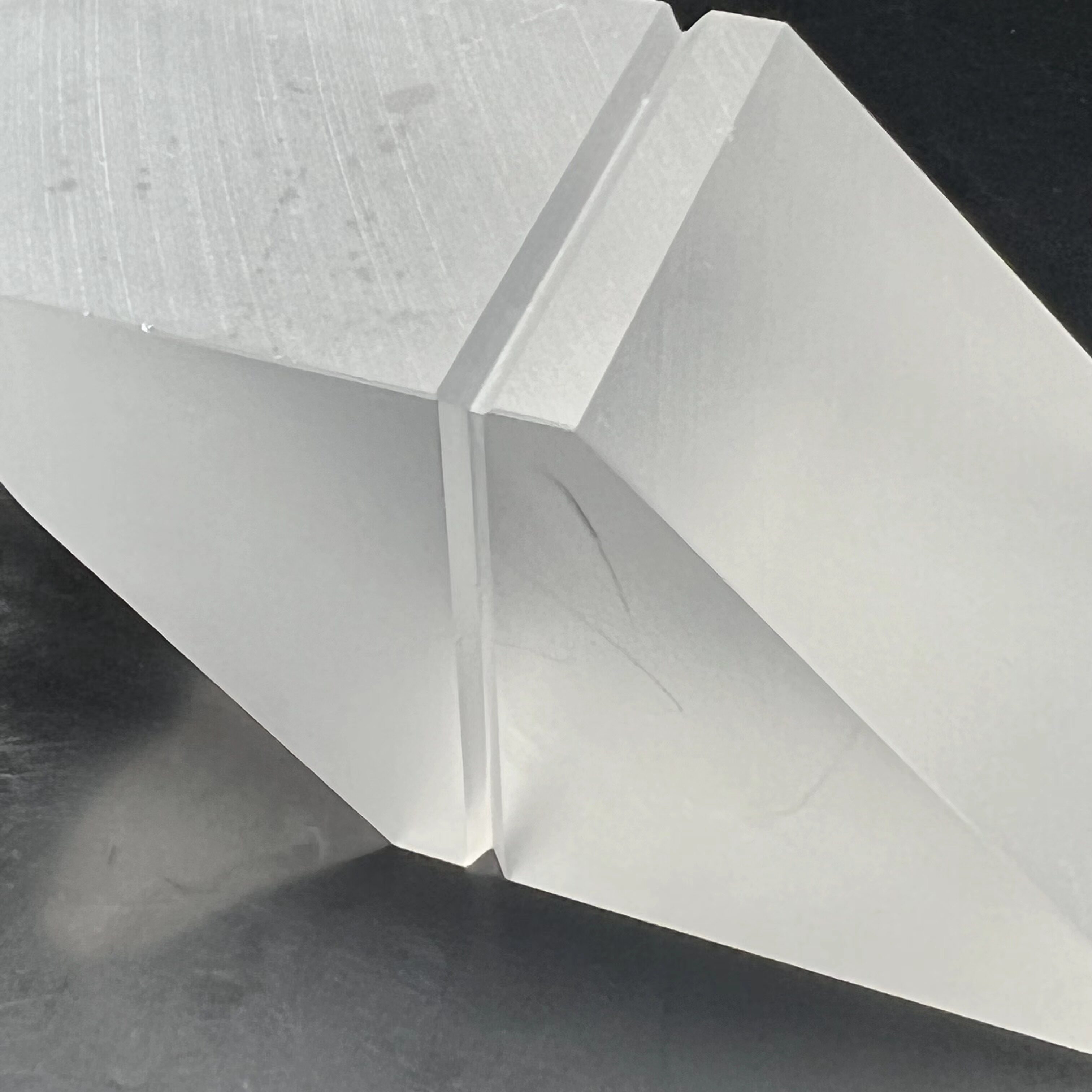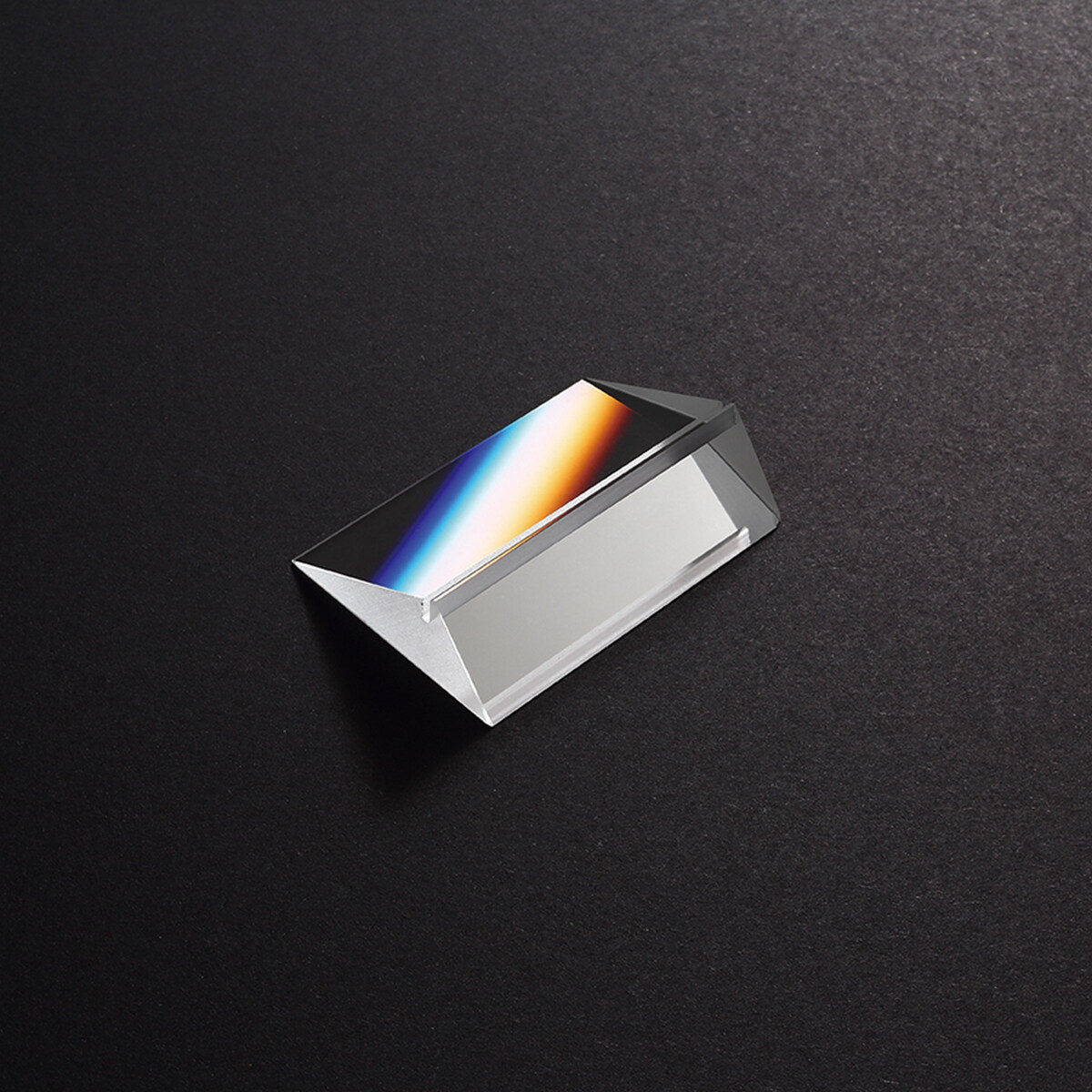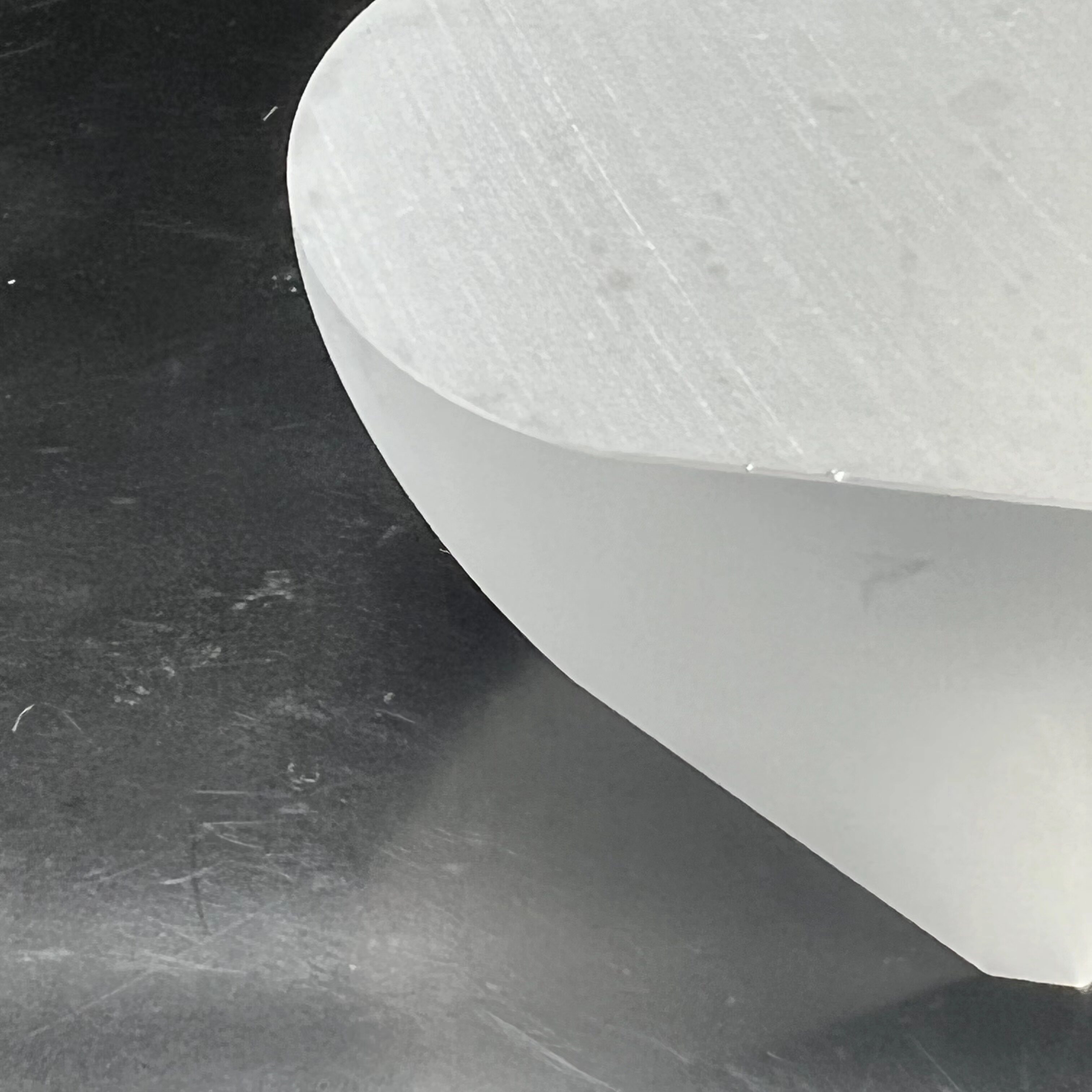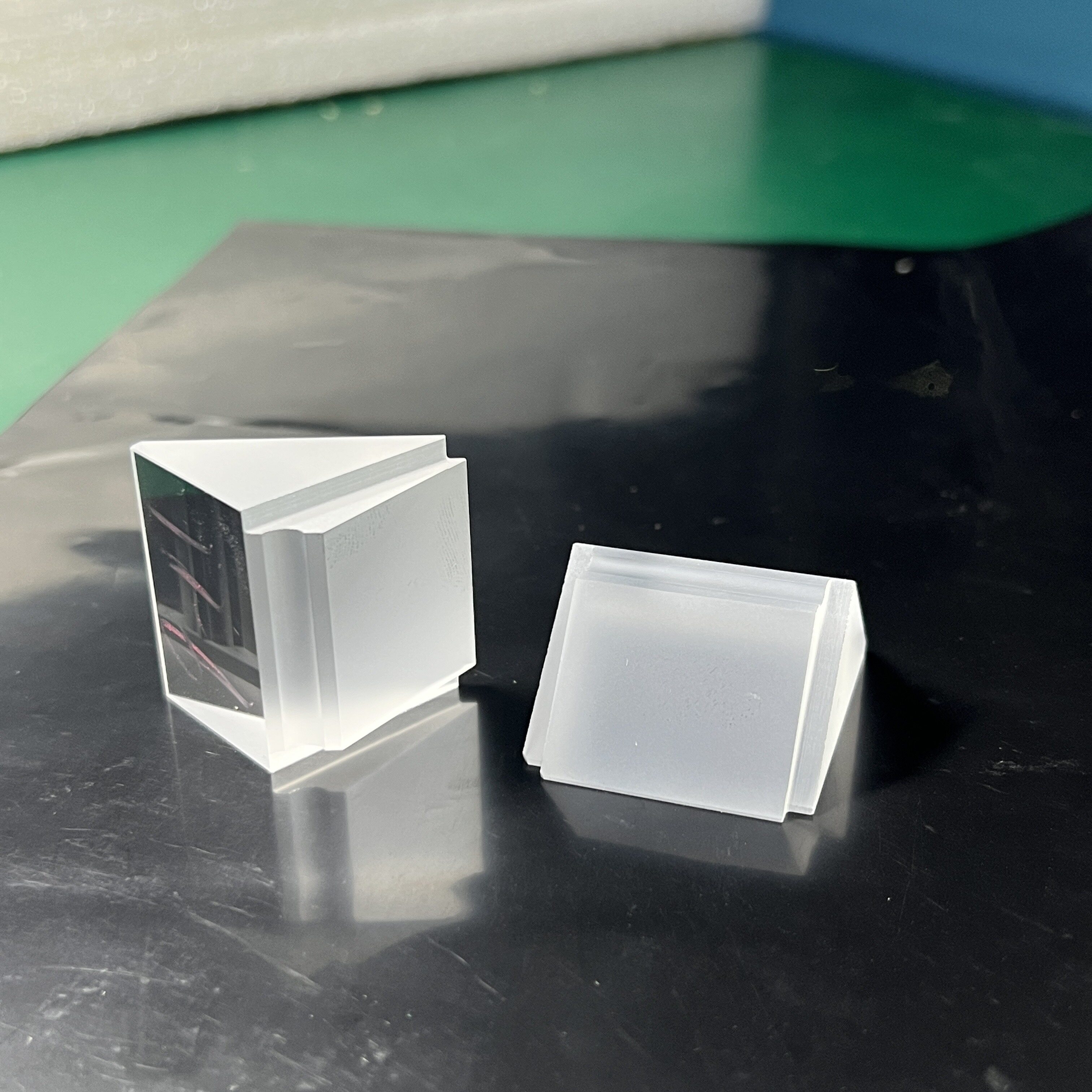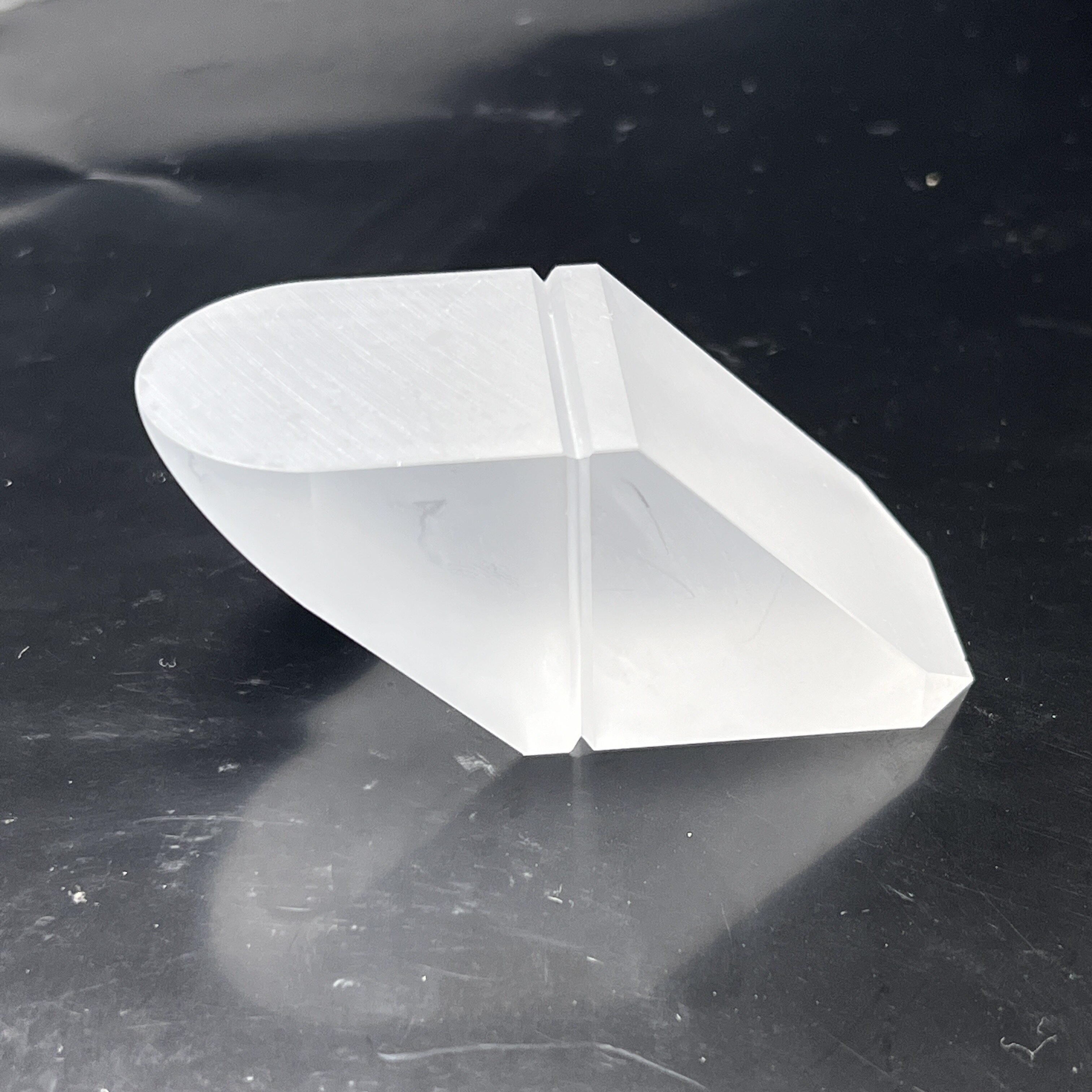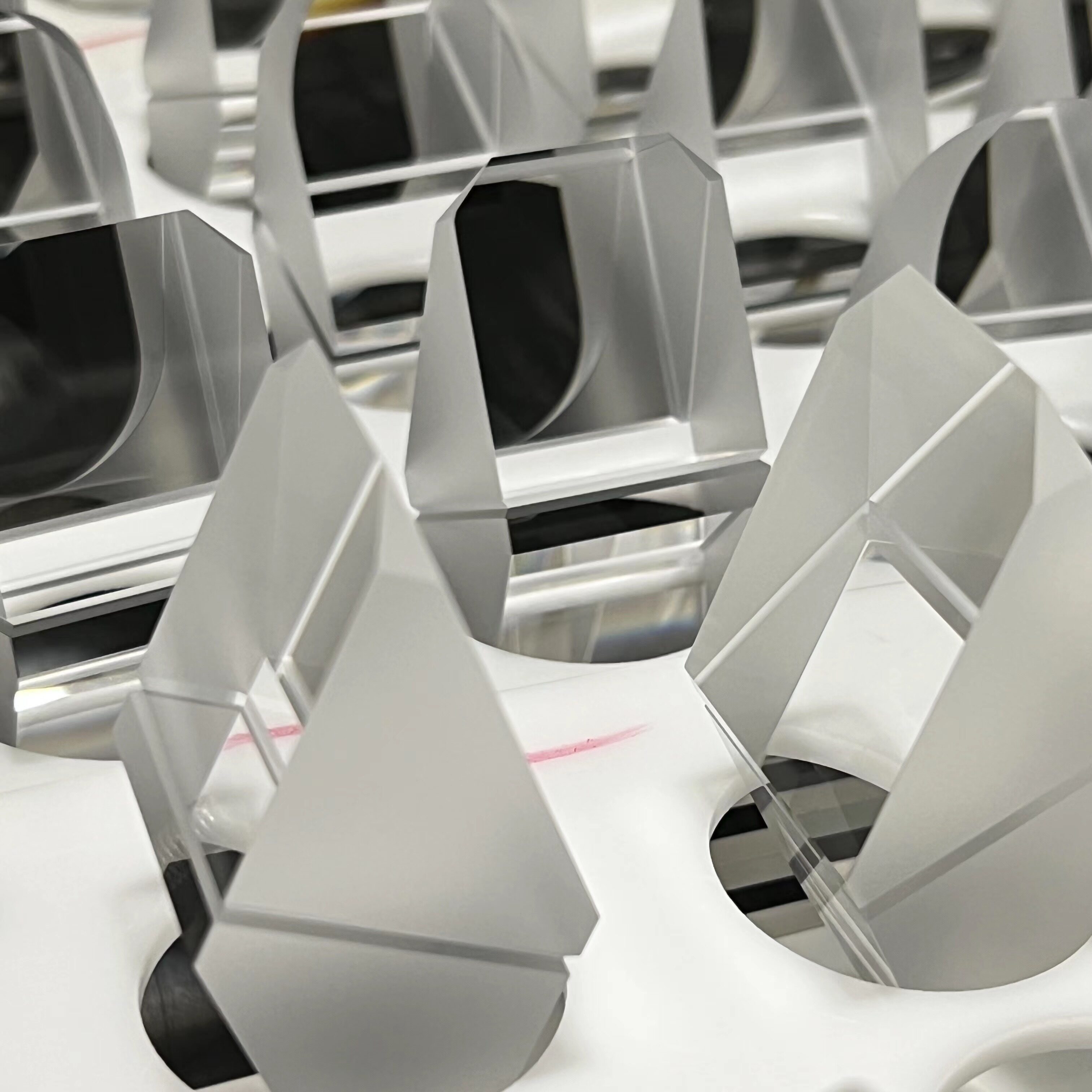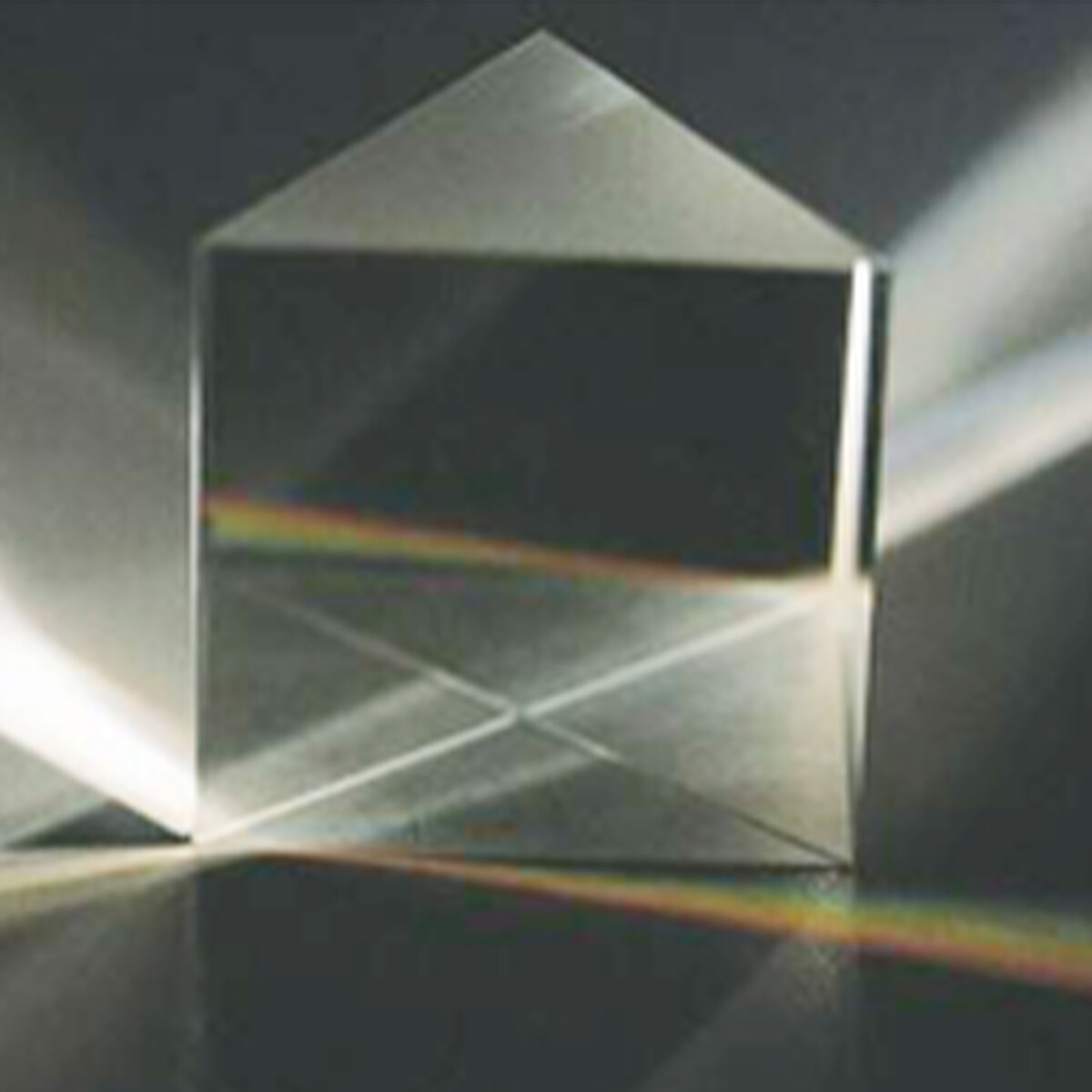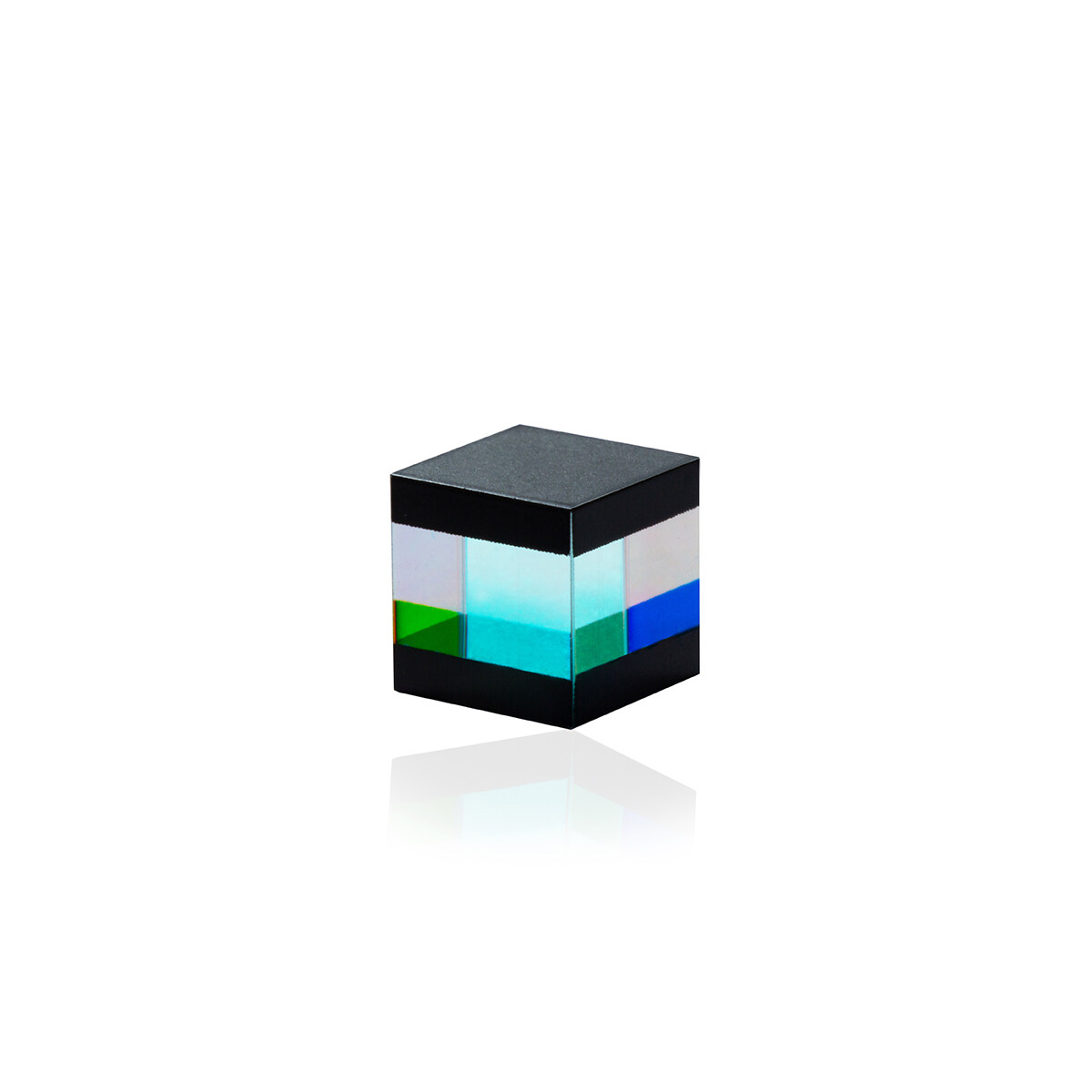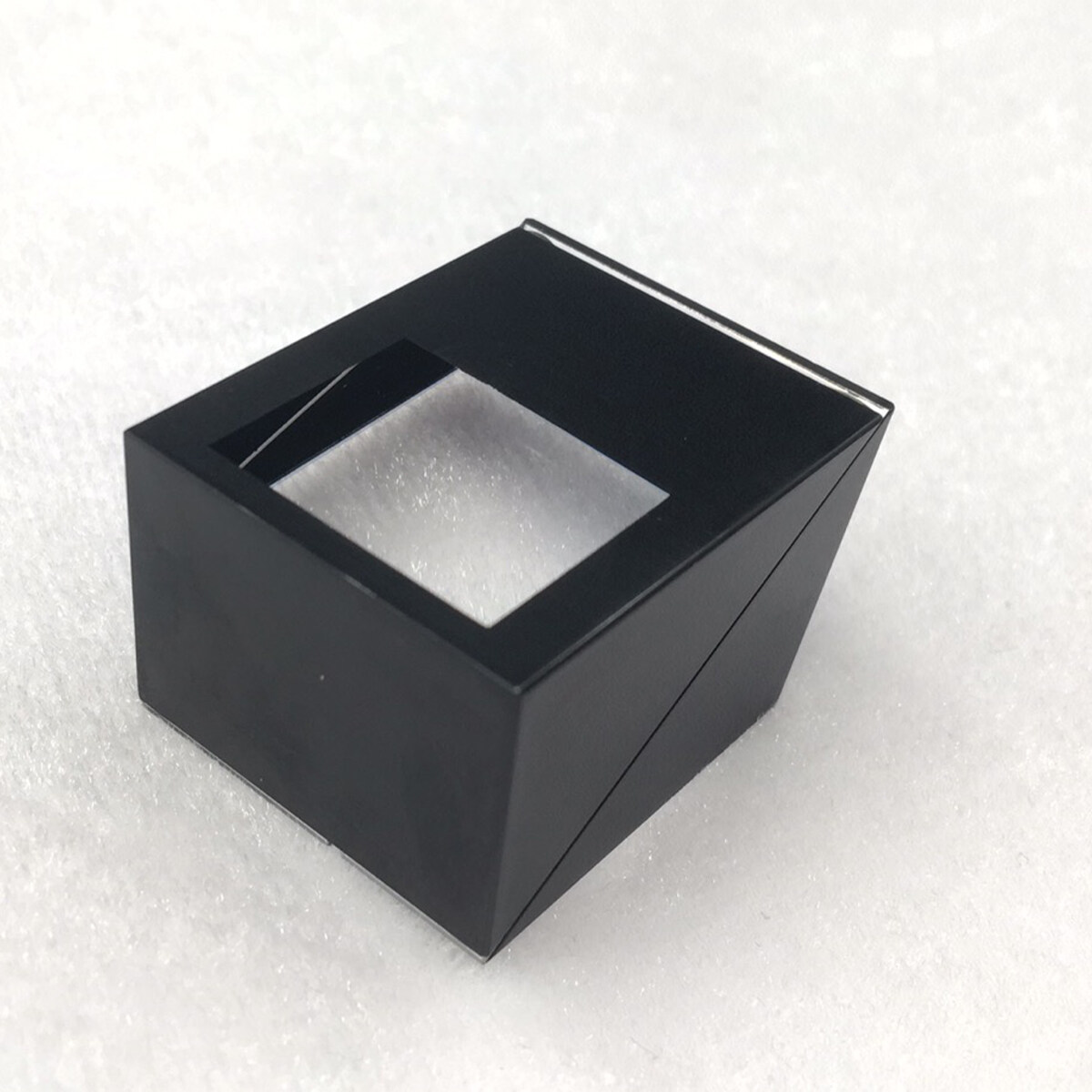Email format error
Email cannot be empty
Email already exists
6-20 characters(letters plus numbers only)
The password is inconsistent
Email format error
Email cannot be empty
Email does not exist
6-20 characters(letters plus numbers only)
The password is inconsistent

Special Prism
Our Bifocal prism glasses are designed to correct your vision while wearing contact lenses.The lenses in this product can be colored to help you see better in certain lights, such as bright sunlight.
Classification of prisms
There are four main types of prisms: dispersion prisms, deflection or reflection prisms, rotating prisms, and offset prisms. Deflection, deflection, and rotation prisms are commonly used in imaging applications; Diffusion prisms are designed for dispersive light sources, so they are not suitable for any application requiring high-quality images.
Deflect, rotate, and offset prisms:
A prism that deflects the light path, or offsets the image from its original axis, is helpful in many imaging systems. Light usually deflects at 45 °, 60 °, 90 °, and 180 °. This helps to aggregate the system size or adjust the light path without affecting the rest of the system settings. Rotating prisms, such as Dowell prisms, are used to rotate the inverted image. The offset prism maintains the direction of the light path and also adjusts its relationship to normal.
Reflecting prism
The working principle of the reflection prism is the reflection law and refraction law of light. When light is reflected in the same medium, its reflection angle is equal to the incident angle; When light is incident from one medium perpendicular to two medium planes to another medium, it will not be refracted.
When a reflecting prism is used, the amount of return light received by the instrument will be reduced. In practical application, many reflective prisms are used in the long-distance measurement. Commonly used prisms are single prism; 3 prisms; 9 prisms; Simple prism; Benchmark single prism, etc.
When using the reflecting prism (or reflector) as the reflector for ranging, the reflecting prism receives the optical signal sent by the total station and reflects it. The total station sends out the optical signal, receives the optical signal reflected from the reflecting prism, calculates the phase shift of the optical signal, etc., to indirectly calculate the time of light passing, and then measures the distance from the total station to the reflecting prism after Z.
Dispersive prism
In the late 17th century, the refraction and dispersion of a triangular prism were demonstrated by the British physicist Sir Isaac Newton.
In general, there are two or more planes oriented in a way that favors refraction rather than a reflection of the incident beam. When a ray of light is emitted from the surface of the dispersion prism, it refracts, enters according to Snell's law, and then passes through the glass until it reaches the second interface. Again, the light is refracted and travels along a new path from the dispersive prism. Because the dispersion prism changes the propagation direction of light, the deviation of the wave passing through the dispersion prism from a specific angle can be accurately determined by applying Snell's law to the geometry of the prism. The deviation angle Z is reduced. When the light wave enters the angle of the prism, it allows the light beam to traverse the base in a parallel direction through the glass.
The amount of deviation generated by the light of the dispersion prism is the incident angle, the angle of the vertex (top) of the prism, and the function of the refractive index of the material constructed from the prism. Due to the increase in the refractive index value of the dispersion prism, the light passes through the offset angle of the prism. The refractive index often depends on the wavelength of light. Shorter wavelengths (blue light) are refracted at a larger angle than longer wavelengths (red light).
The main application of dispersion prism is to separate the spectrum of wavelength. It is about the research and analysis of the spectrum in this field. Although prisms used to be the Shou choice of optical components of diffraction grating spectrometer and spectrophotometer, they now command the leading role of these tools. The grating produces linearly dispersive white light, rather than the complex angle wavelength relationship exhibited by the prism. However, prisms have several advantages, including enhanced power processing capabilities, no unwanted high-order diffraction phenomena, and low stray light.
Polarizing prism
A polarizing prism is also called Nicol prism. A polarizer made of Iceland spar by Nicole. After natural light passes through the polarizing prism, it will become pure linearly polarized light.
Common variants of polarizing prisms include Glan Foucault polarizers, which are cut by two identical prisms calcite with angular edges parallel to the optical axis and are equipped with a small air gap so that the long crystal planes are parallel to each other. This prism is transparent with a wavelength range from about 230 nm, in the ultraviolet region of the spectrum, and more than 5000 nm of infrared radiation. Such a wide wavelength transmission range enables the Glan Foucault prism to use various instruments. Like the Nicol prism, the incident light hitting the Glen Foucault prism is divided into ordinary and special wave vibrations parallel or perpendicular to the optical axis. However, in this case, the divided light wave travels through the prism without refraction until it meets the glass/air interface, followed by the total internal reflection of the constant light, but the boundary of the abnormal light passing through only slightly deviates.
The polarizing prism designed by Nicole has long been eliminated because of many shortcomings. Polarizing prisms made of Iceland spar have been gradually replaced by polarizing glass since the 1960s because of their few raw materials, difficult manufacturing, expensive price, small aperture, and poor seismic resistance.





